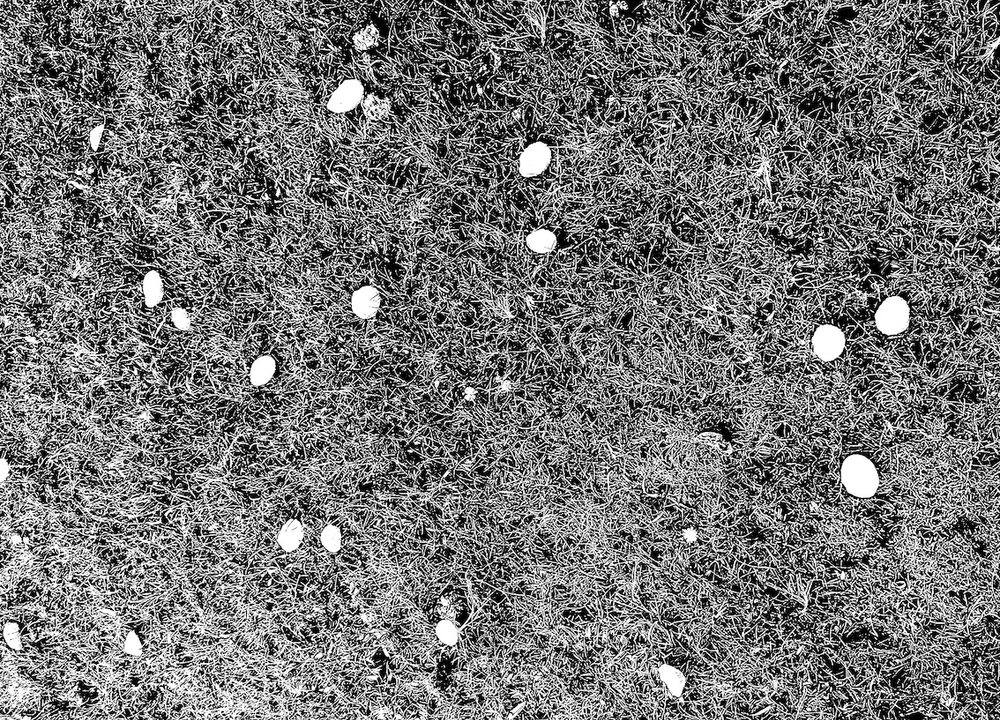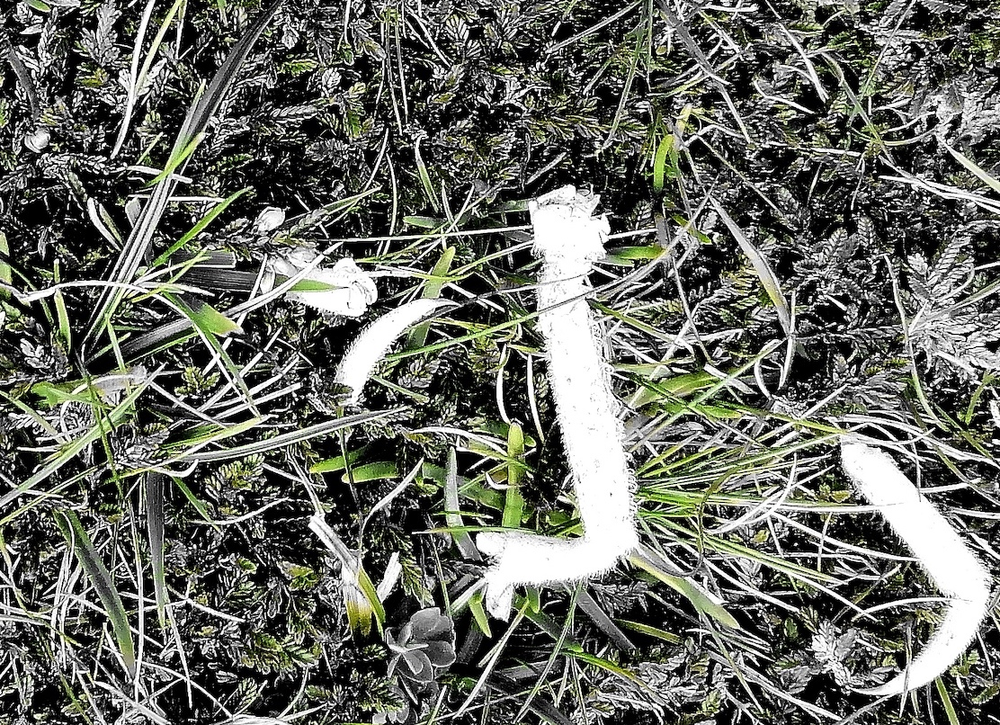Foraging on Papa Stour
Friday 2nd September, I set out with three friends for Papa Stour – an island lying off the west coast of the Shetland Mainland. This involves a 45 minutes ferry ride from West Burrafirth Pier (not far from my house), leaving at 9am.
We set out to sea under a bright sky; we have until 7pm to explore before the ferry returns to the mainland. It’s important to not miss this as there’s no shop, nor anywhere much to stay. At its peak - in the 19th century - Papa Stour's population was around 380; in the 1970's its then diminishing population was swelled for a while by 'hippy pioneers'. Now the permanent population is down to about six inhabitants.
There are no access restrictions for walkers as Scotland has a freedom to roam policy, so apart from the odd bog and loch to negotiate, we can walk pretty much where we like as long as we are respectful. As we walk down the only road on Papa Stour I consider the proposition – foraging. This leads to a long discussion about the difference between foraging and scavenging – are they the same thing?
The English dictionary defines foraging as ‘to go from place to place searching for things that you can eat or use: e.g. The children had been living on the streets, foraging for scraps. The pigs foraged in the woods for acorns’.
Mostly we think of foraging as searching, identifying and collecting food resources in the wild, while scavenging is defined as ‘to look for or get food or other objects in other people's rubbish’ and in relation to animals feeding on carrion.
According to the historian amongst us, in the 18th C ‘scavengers’ were the equivalent of today’s refuse collectors, contracted and paid by the local authorities to twice a week collect household and commercial rubbish – householder were required to brush dirt and unwanted items out into the middle of the street before the scavengers came with their carts and removed it all to places on the outskirts of the towns. The Victorians called these areas ‘dust heaps’, which led at various times to social outcry as poor people would look through (forage?) the dust heaps for anything they could sell or make use of.
We reach the end of the road, traverse the airstrip (not sure when the last plane arrived and took off), and set off down hill, to Hamna Voe.
I walk round it, contemplating. A fishing boat is out checking its creels - I guess you could call this a form of foraging.
I start to notice that sticking out of the ground are pieces of twine and rope. They're all over the place, and some are so deeply embedded they must have been there for several years. Too good to leave, so I collect those I can pull out and put them in my pocket… I think I am foraging. Or maybe my act of tidying up means that I am now acting as an unpaid scavenger.
A colourful fungus catches my eye - rather too old to eat, and I’m not sure if it’s the edible sort so I leave it where it is. Around the voe, discarded mussel and limpet shells, and remains of crabs, are spread across the grass – evidence of plundering and foraging in the depths of the sea by seabirds or otters.
I find bones scattered across the ground; something has been foraging or maybe scavenging… Are these bones from an animal that has crawled here and died or from one that was caught and slaughtered and feasted upon? Clearly it makes a difference. I arrange them; am I scavenging or maybe foraging without removing?
I give up on these contemplations and head towards the sea. A couple of Arctic Skuas fly low over our heads - maybe checking us out as a possible meal. We reach the north west corner of the island - Aisha Head and its stacks - a spectacular spot for lunch.
Then I get down to some drawing… I’m on safer ground here, even perched on the edge of the cliff, and there are some mighty fine cliffs on Papa Stour.
As I draw sea birds wheel in and out of the stacks and plunge into the sea in search of a meal – they still have their eyes fixed on a bit of foraging.
Back to the harbour and we drink tea while watching the return ferry slowly making its way towards us.
A quick drawing made on board as we leave the island and head back.
It's been a long day and the sun has shone for all of it.



















